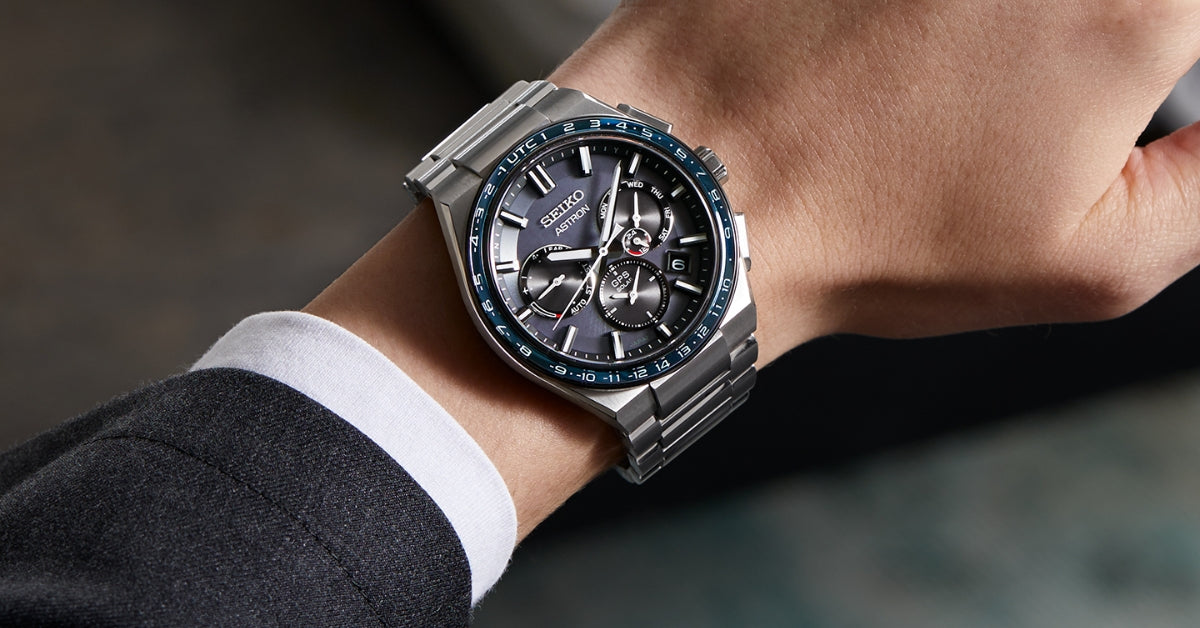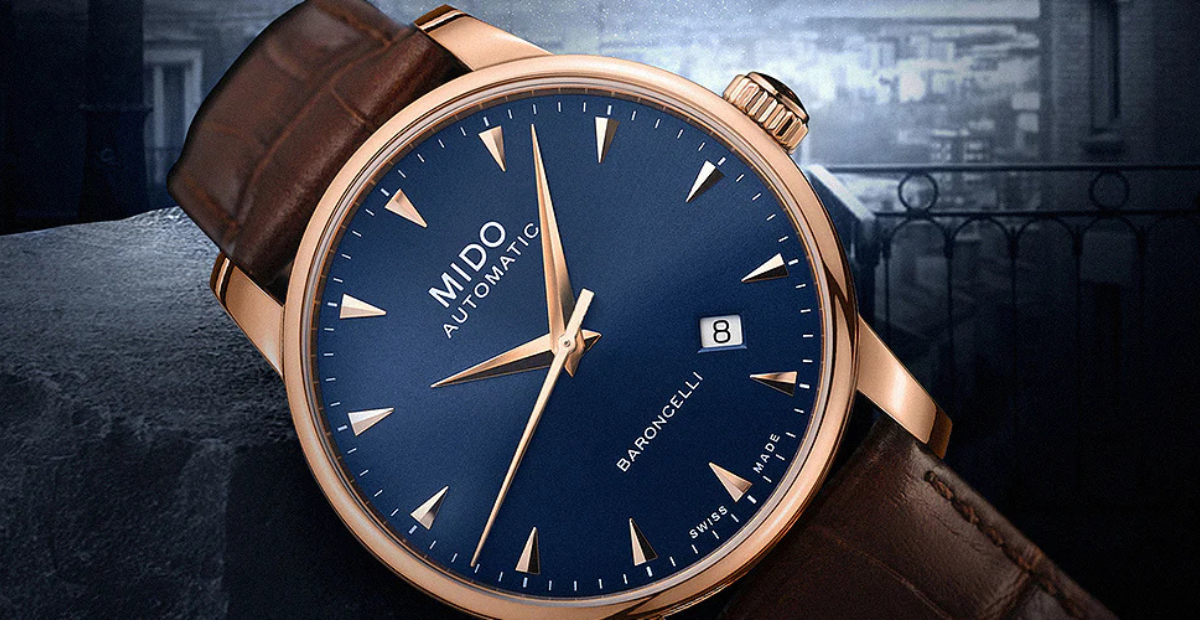
Seiko Astron: The World’s First GPS Solar Watch Explained
The Seiko Astron has an enormous impact on modern horology. When it came out, it told more than its time. It explained how precision, innovation, and Japan’s vision were set out to change watches forever. The Astron made a mark on timekeeping. It used solar and GPS. Astron was solar-powered and used GPS to keep time exactly. One must look at the long history of Japanese watchmakers, and more specifically, Seiko technological advancement, to understand the importance of the Astron, as these changes disrupted the world of watchmaking globally.
The Birth of a Game Changer
The original Seiko Astron, which came out in 1969, is no everyday wrist watch. The world’s first quartz wristwatch started the Quartz revolution in watches. Before the Astron, mechanical watches ruled the market. People loved their handiwork but often found the work not precise or cheap. Seiko changed that narrative overnight.
In those days, only a mechanical watch was available but the accuracy levels of the Astron quartz model would trump those in days to come. It was safe, beautiful, but mainly it was revolutionary. The release of this single has propelled a new chapter in Japanese watch making, compelling the most traditional Swiss manufacturers to rethink timekeeping. Show the world how technology and tradition co-exist beautifully.
The Astron’s Evolution from Quartz to GPS
In 2012, Seiko changed the game again and launched a solar watch. The Seiko Astron GPS Solar is another world first with the reintroduction of the name. Similar to how the first quartz Astron altered the watch market of the 20th century, this GPS solar has changed the 21st-century watch market.
Seiko technological advancements helped this jump happen, which reaffirmed that Seiko’s innovative edge is as sharp as ever. In addition, it showed how Japanese watch innovation was not only keeping abreast of the competition but also leading the path into the future.
How GPS Solar Technology Works
The Seiko Astron is powered by the sun while using GPS satellites to ensure absolute accuracy. The watch has a GPS receiver that uses satellites to determine your location. Based on your location, it determines the time. This means it can automatically change to any of the 39 time zones around the world in seconds.
The Astron is more impressive than the previous one. It can also get the light from the Sun or any indoor light. Moreover, it is able to conserve energy for up to a few months. The solar energy and GPS combination is the peak of Seiko’s technology advancement. It shows how the smartwatch has advanced since the first quartz watch.
Design and Craftsmanship
Certainly, technology is not the only thing that makes the Astron special. In its design, Seiko demonstrates an equilibrium of `innovation and elegance`. The watch suggests modern sophistication with details that hint at glitz and high-tech use, yet easy and comfortable to wear.
Models of Astron are made with high-end details. They have ceramic bezels, sapphire glass, and titanium or stainless steel cases. The components are designed for long-lastingness, accuracy, and low energy consumption. This balance of beauty and functionality embodies the best of Japanese watch technology.
The Astron’s Place in Watchmaking History
The revolution in quartz timepieces began in 1969 with a daring initiative from Seiko, and the Astron sits at the very center of that story. It was not merely replacing the machinery of watches with quartz. But making precision cheap and setting the tone for the industry.
Seiko managed to combine the cutting-edge conveniences of modern technology with the emotional attachment that people have for a beautifully crafted watch. That is what makes the Astron important, even at a time when smartwatches are used a lot.
By integrating pioneering science and craftsmanship, Seiko created a plan that was more than just a timekeeping tool. Rather, a tool of progress. The new Astron, which Seiko has issued, is a reminder of the technological advances that we see and feel in seiko watches. It is to remind us that this quartz revolution, which took place not so long ago, is still a Seiko thing to look out for.
The Modern Appeal of the Astron
The Astron has characteristics that interest today’s watch lovers beyond just the technical ones. It’s a watch for those who travel, invent and dream. Those who appreciate accuracy but also the design and history. Wearing a Seiko Astron watch means wearing the Evolution of Watchmaking on the wrist.
Even the smartest of the smart are wowed by its GPS solar system. Whether you are travelling for business or pleasure across time zones, the Astron self-adjusts to provide you with perfect time. The effortless precision of it makes it a modern market standout. Japanese watchmaking is practical, intelligent, and stylish in spirit.
Why the Astron Still Matters
In a world of intelligent devices, why bother with a GPS solar watch? Here’s why it still matters. The answer lies in what the Astron represents. It’s not only a tool for keeping time but also a human desire to go beyond limits. It’s about how technology has come since the Quartz revolution for watches. And how one brand is staying true to its roots through constant innovation.
True progress does not mean abandoning tradition. The Astron advances ideas to a new level. Seiko has shown time and time again that innovation can bind with craftsmanship and the Astron is proof of that. More than a watch, it’s a story of ambition, discovery, and design.
Final Thoughts
Seiko Astron is surely one of the most consequential modern watch creations. Seiko’s pioneering quartz technology and its development of GPS solar power exemplify a commitment to progress. The genius of Seiko technological advancements is behind every tick and how customized Japanese watches are still inspiring other countries together to make a world watch.
So, the Astron is a great watch for collectors and travelers alike. This watch is pretty much made for anyone who appreciates the art of horology. In every sense of the phrase, it is the watch that connects time’s past, present, and future.




